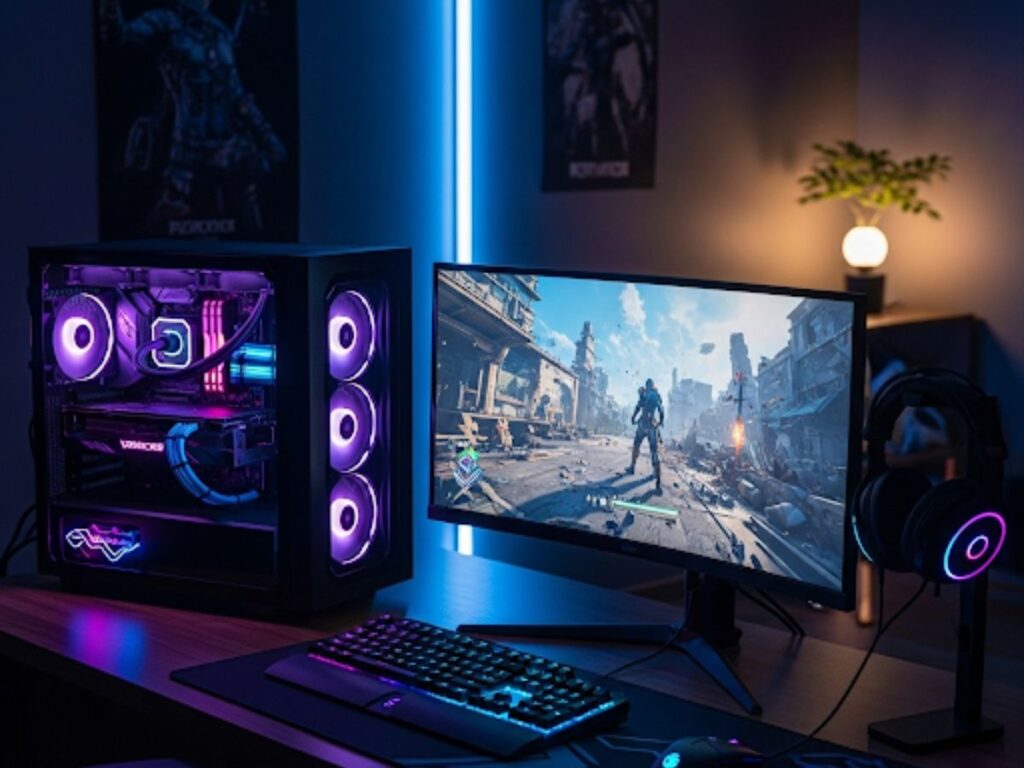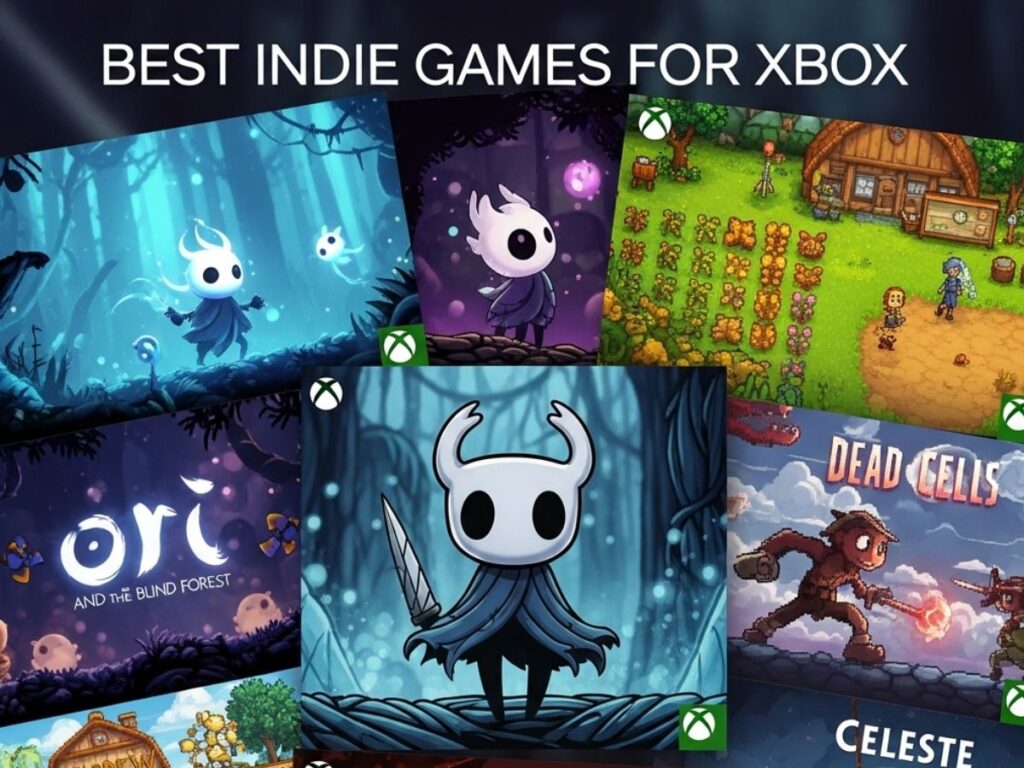Indie games have exploded in popularity over the last decade. Unlike big-budget AAA titles, indie games are often crafted by small teams—or even solo developers—working with limited resources. Yet, some of these titles manage to capture the imagination of millions, combining creativity, innovation, and memorable gameplay. Behind every hit indie game lies a set of tools and engines that allow developers to bring their ideas to life efficiently, whether it’s a pixel-art platformer, a narrative-driven adventure, or an experimental puzzle game. Understanding these tools offers insight into how small studios compete with larger companies and why indie games continue to push the boundaries of gaming.
1. Unity – The all-rounder engine
Unity is one of the most popular game engines for indie developers. Its intuitive interface, robust asset store, and wide platform support make it ideal for 2D and 3D games alike. Indie teams use Unity to create everything from simple mobile games to complex PC or console titles. Features like real-time rendering, physics systems, and cross-platform deployment help developers save time while maintaining creative freedom. Unity’s free version makes it accessible to newcomers, while the paid versions add additional capabilities for scaling bigger projects.
2. Unreal Engine – High-end visuals for indie projects
Unreal Engine, known for AAA-level graphics, is increasingly being adopted by indie developers who want to create visually stunning games. With its powerful blueprint system, developers can design complex gameplay mechanics without extensive coding knowledge. Unreal also supports VR and AR development, which opens up exciting possibilities for indie studios experimenting with new gaming experiences. Despite its reputation for demanding hardware, many smaller teams successfully release hit indie games thanks to Unreal’s scalability and comprehensive documentation.
3. Godot – Lightweight and flexible
Godot is an open-source engine gaining attention in the indie development scene. It is praised for its simplicity, lightweight design, and flexibility. With both 2D and 3D support, Godot allows developers to prototype quickly and iterate their ideas without being tied to licensing costs. Its visual scripting system appeals to non-programmers, making it a favorite among solo developers or very small teams looking to produce polished games on a budget.
4. Other popular tools for indie game development
Beyond engines, indie developers rely on a variety of tools to polish their games:
-
Graphics & Art Tools: Software like Photoshop, Krita, and Aseprite are essential for creating characters, environments, and animations.
-
Sound & Music Tools: Audacity, FL Studio, and Ableton Live help developers craft immersive audio experiences.
-
Version Control & Collaboration: GitHub and GitLab make it easier for teams to manage projects and share code.
-
Game Design & Prototyping: Tools such as Tiled, Construct, and RPG Maker allow for fast prototyping and testing game mechanics.
These tools allow indie developers to focus on creativity, experimentation, and storytelling without being constrained by technical limitations or high production costs.
5. Why these tools matter
The choice of tools and engines can determine the success of an indie game. They streamline development, reduce costs, and help creators experiment with unique ideas that might be impossible in large studios tied to market expectations. Many hit indie games—like Hollow Knight, Stardew Valley, and Cuphead—owe their success not just to innovative concepts, but to smart use of development tools that allowed small teams to punch well above their weight.
Indie developers continue to prove that imagination, combined with the right tools, can lead to games that captivate audiences worldwide. Whether using Unity, Unreal Engine, Godot, or a mix of specialized software, these tools are the invisible backbone behind the next generation of hit indie games.

